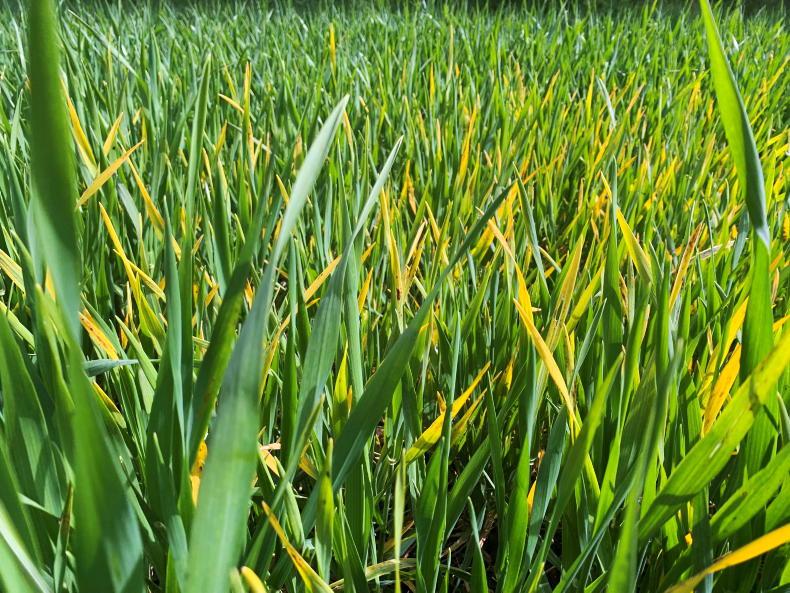On winter barley crops the advice is to spray with an aphicide to control barley yellow dwarf virus (BYDV).
However, now that BYDV tolerant and resistant varieties have come along farmers are unsure of how to treat these crops.
With standard varieties which do not have any tolerance or resistance to BYDV the advice is to spray September sown crops with an aphicide at the two to three-leaf stage.
These crops may require another insecticide in November. Crops sown in October should also receive an aphicide at the two to three-leaf stage.
BYDV tolerant and resistant varieties have been a major step forward for winter barley growers. The varieties provide great insurance against BYDV, especially where crops cannot be sprayed due to bad weather or where farmers feel that the spray is not working on their farm.
At this year’s Teagasc crops forum Richie Hackett showed results from four years of research on BYDV. KWS Joyau – a BYDV tolerant variety - and KWS Kosmos were planted at two different sowing dates around 20 September and 10 October and both were treated with and without insecticide. Management was identical throughout the year apart from the insecticide.
No BYDV was reported in early or late sown barley in 2021. The incidence of BYDV was very low in 2021-2024 where the tolerant variety was used.
Incidence in the non-tolerant variety was significantly higher in the early sown crop in 2022 and 2023. In 2024 BYDV incidence was actually higher in the later-sown non-tolerant variety than the earlier sown crop.
On the tolerant variety that was sprayed the yield was slightly higher than the unsprayed tolerant variety in 2021 at both sowing dates, but was lower on the earlier sowing date in 2022 and lower in 2023. However, the difference in yield was very small in all three years.
In 2024, the earlier sown sprayed tolerant variety yielded slightly higher than the unsprayed variety. The sprayed tolerant variety sown at the later sowing date yielded higher than the early sown crop in 2024.
Richie concluded the BYDV presentation with three key points:
